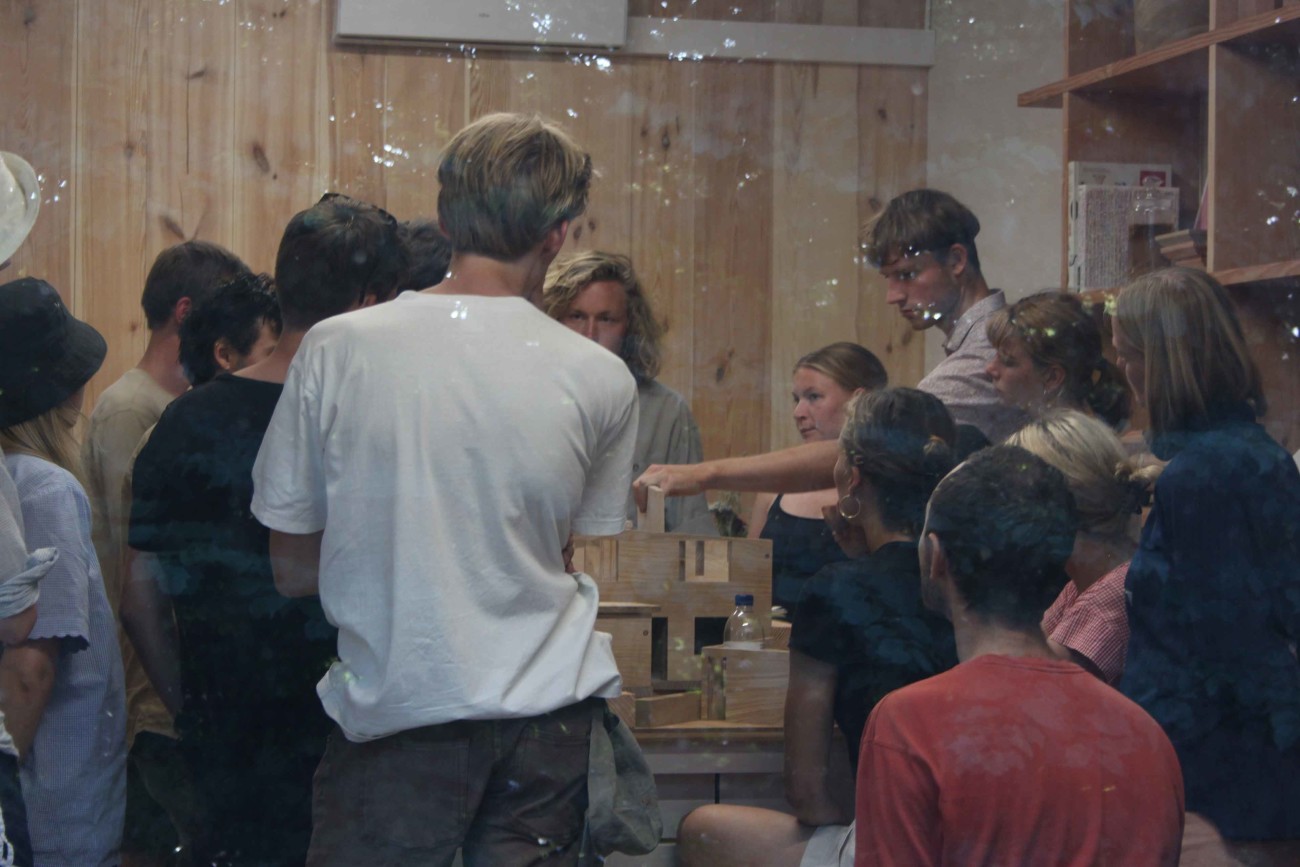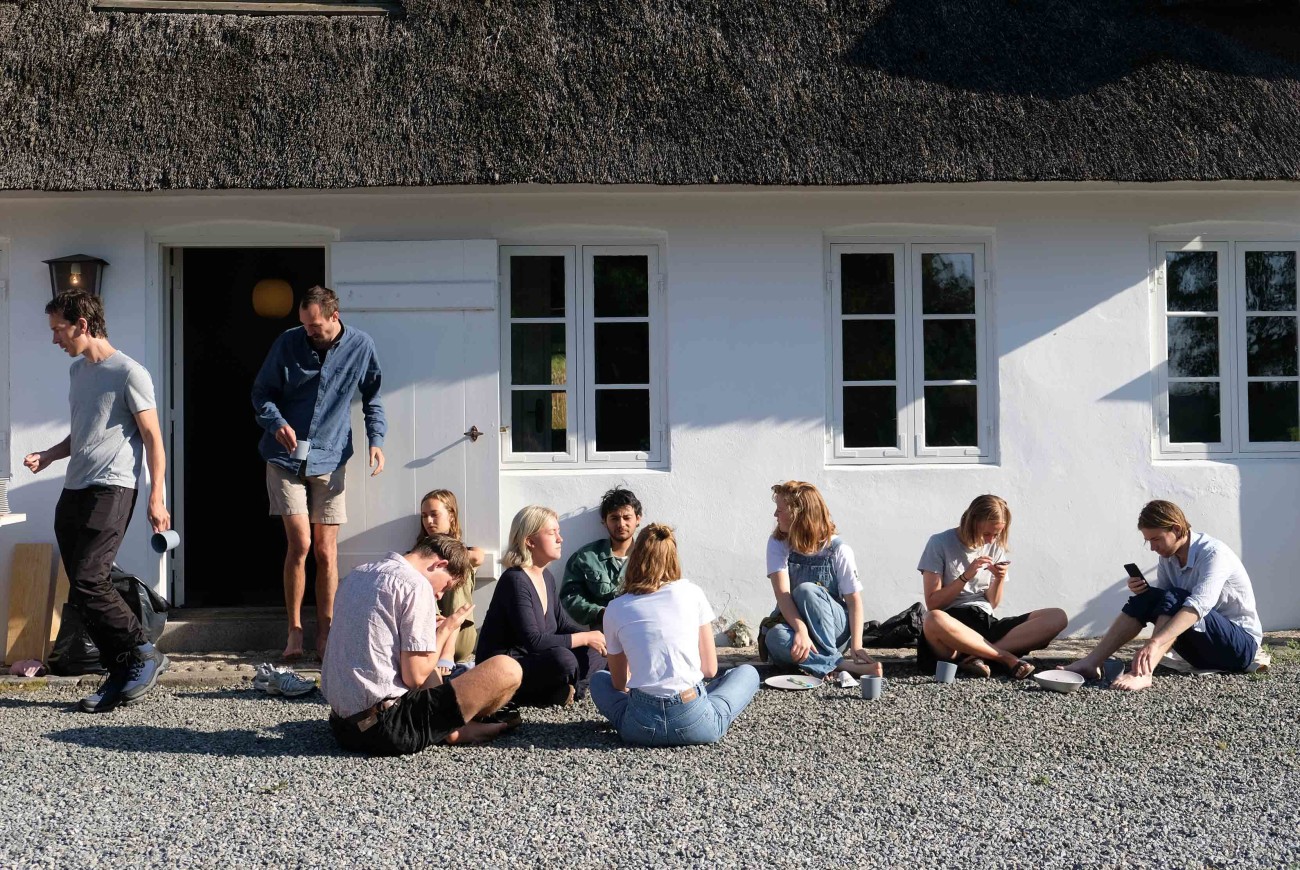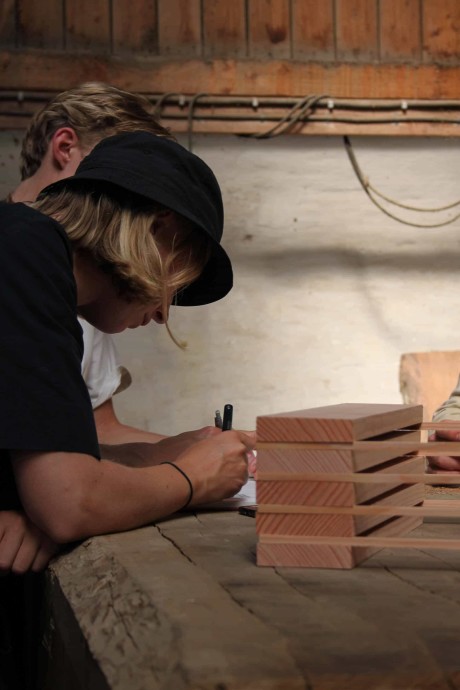
Dinesen + KADK Summer School, 2019
In July, Dinesen and the Institute of Architecture and Culture of the Royal Danish Academy of Fine Arts (KADK), held a summer school at Dinesen in the village of Jels in Southern Jutland.
Twenty students and a number of teachers explored understandings of site during the transition that the rural districts are currently undergoing.
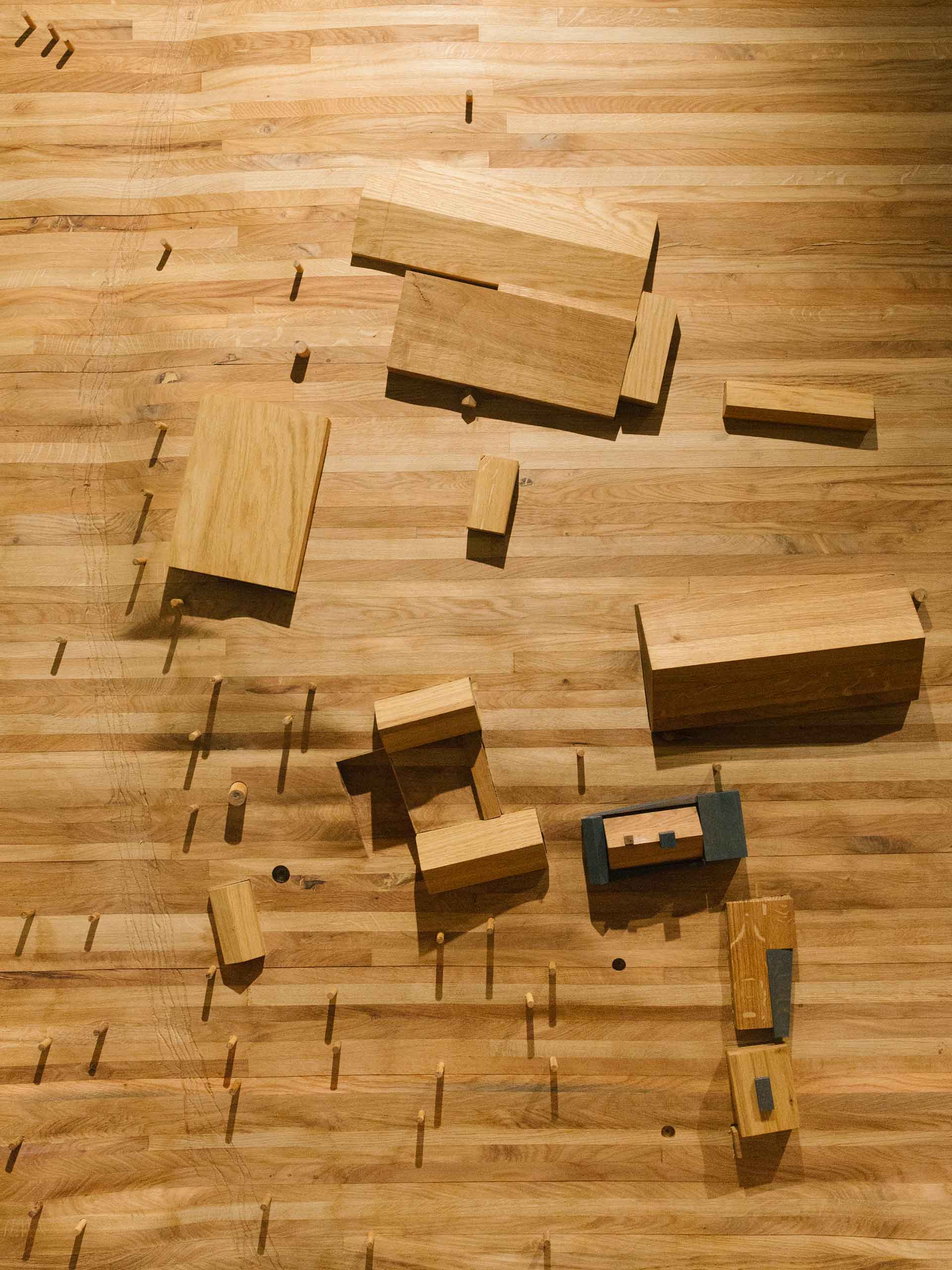
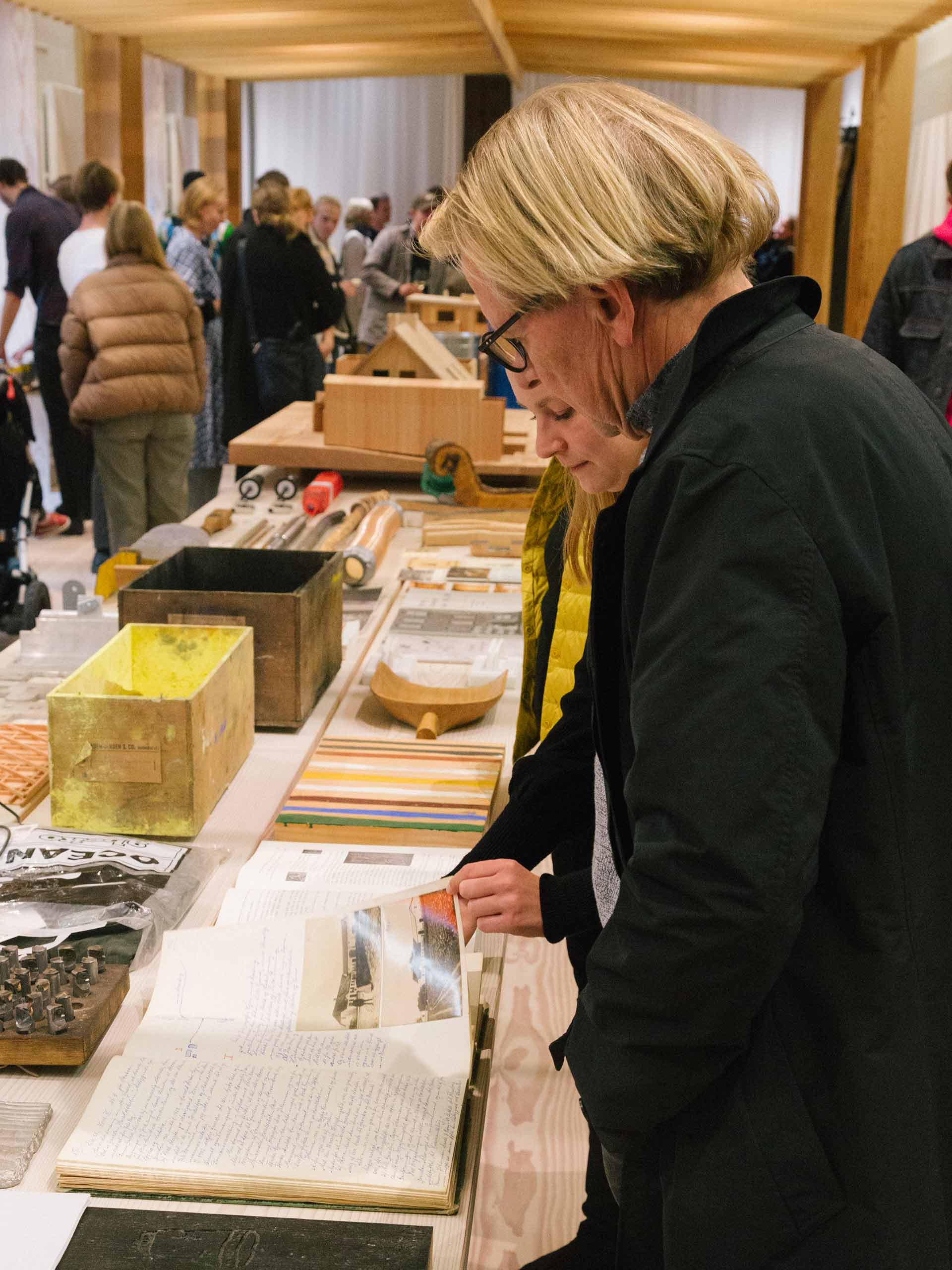
In a diverse programme including excursions, text readings, photography, drawing, model making and 1:1 sketching, the participants developed proposals for the renovation of two farmsteads. They also put together a material that may be seen as an index of the complex reality of a modern rural site.
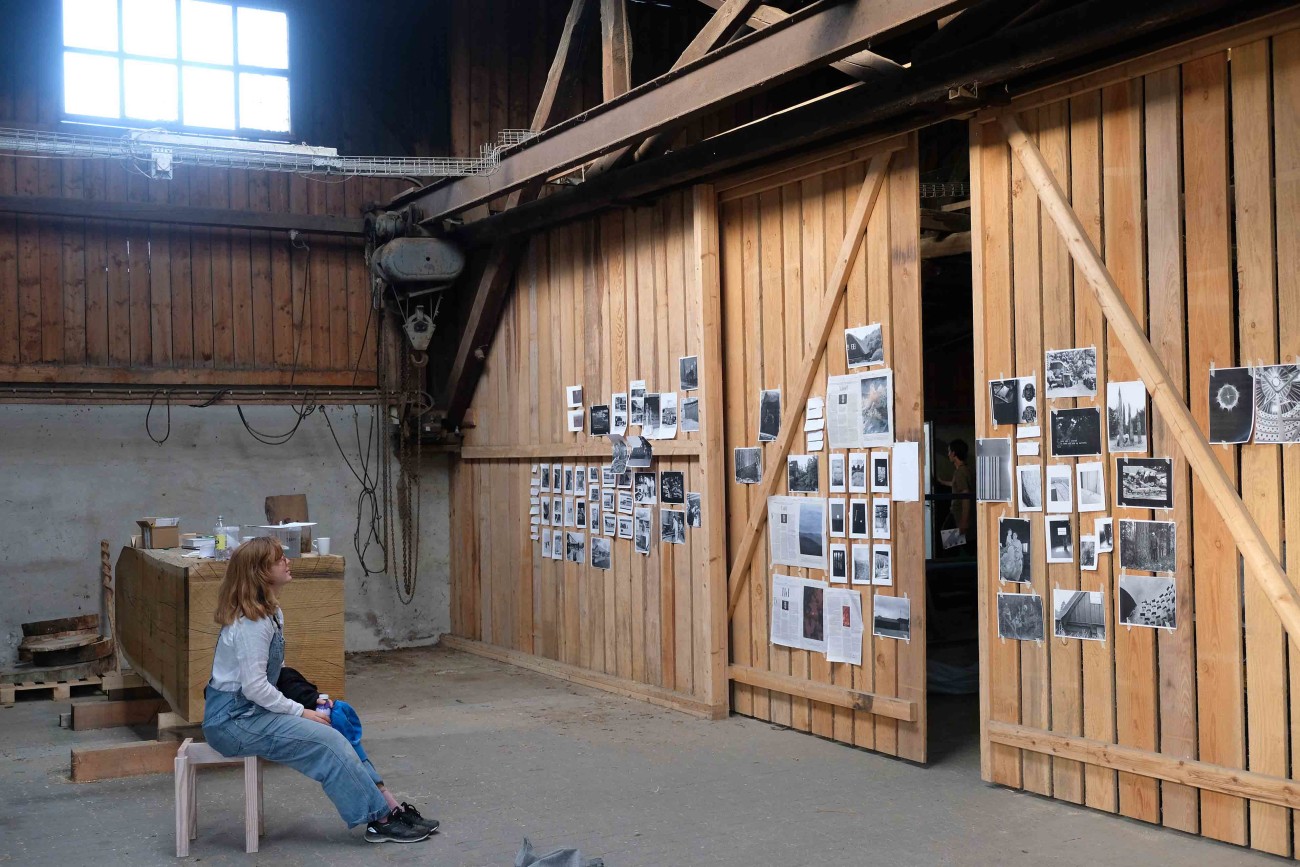
With the advent of the cooperative movement in the late 19th century, rural progress became the core of a new rural culture. Agriculture was both the common basis of subsistence and the common meaning-bearing narrative in rural Denmark. However, as a result of continuing agro-industrialization during the post-war years, agriculture linked up with the global market and grew increasingly independent of the local labour, communities and infrastructure of the rural districts. Agriculture ceased to be the driver and defining factor of village life, and the Danish municipal reform in 2007 further weakened the position of the ‘leisure village’ as schools, preschools, libraries and other institutions were closed down. Farming culture still exists in rural districts as a mythology, a notion of the original state of affairs.
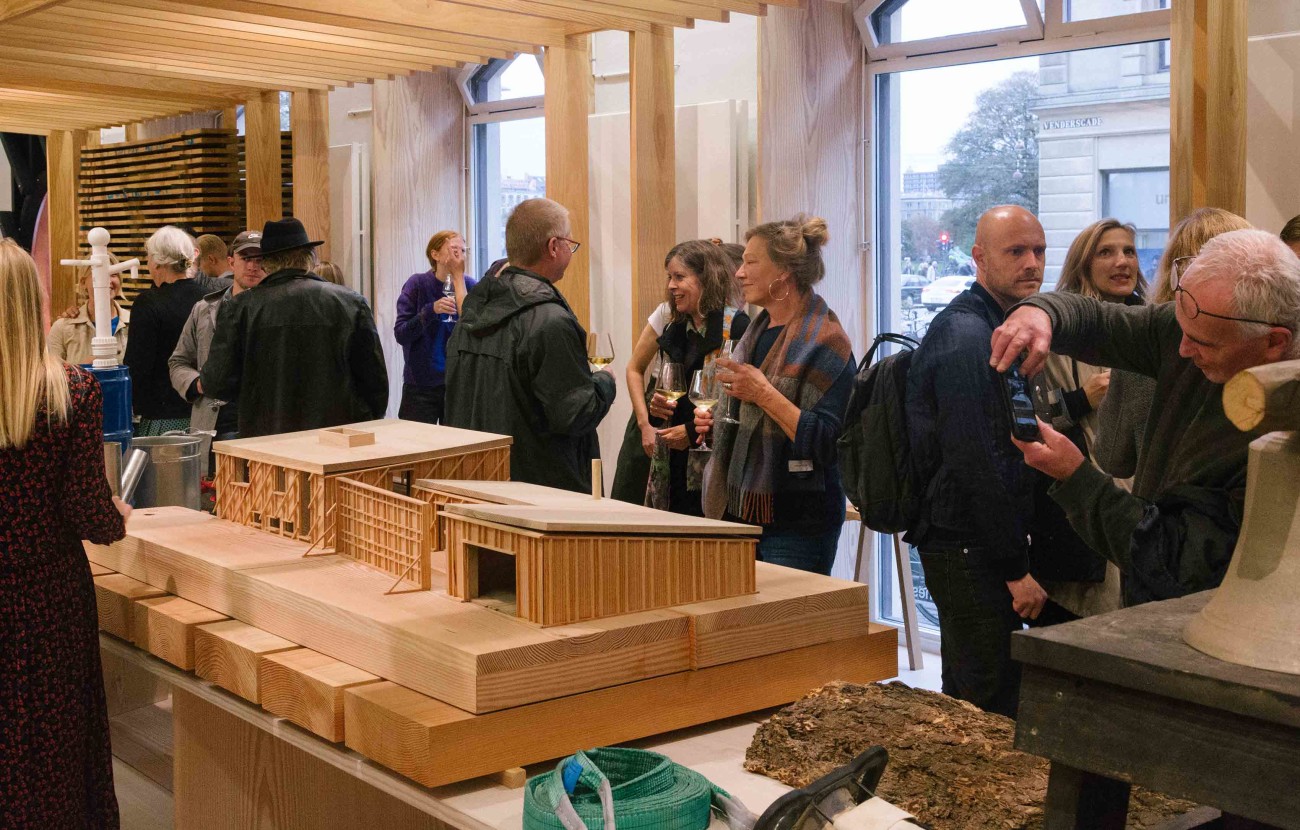
However, this tradition no longer constitutes a complete worldview. It is no longer sufficient as a unifying ethical pattern, a matrix for the identity of things, relations and self-perceptions. Tradition is a utopia; the utopia of a unifying culture and longing for the integration of life with a collective function at a very complex level.
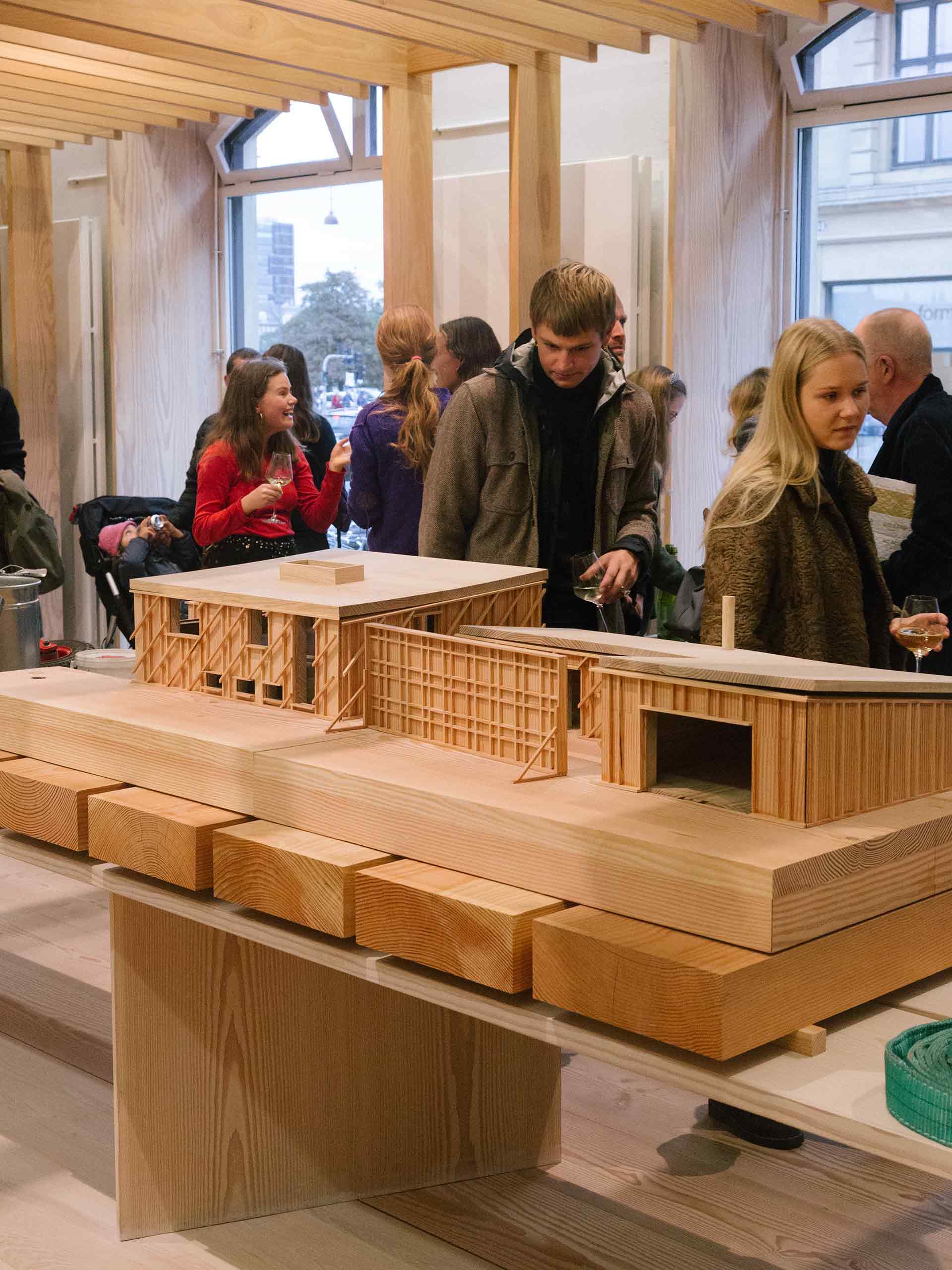
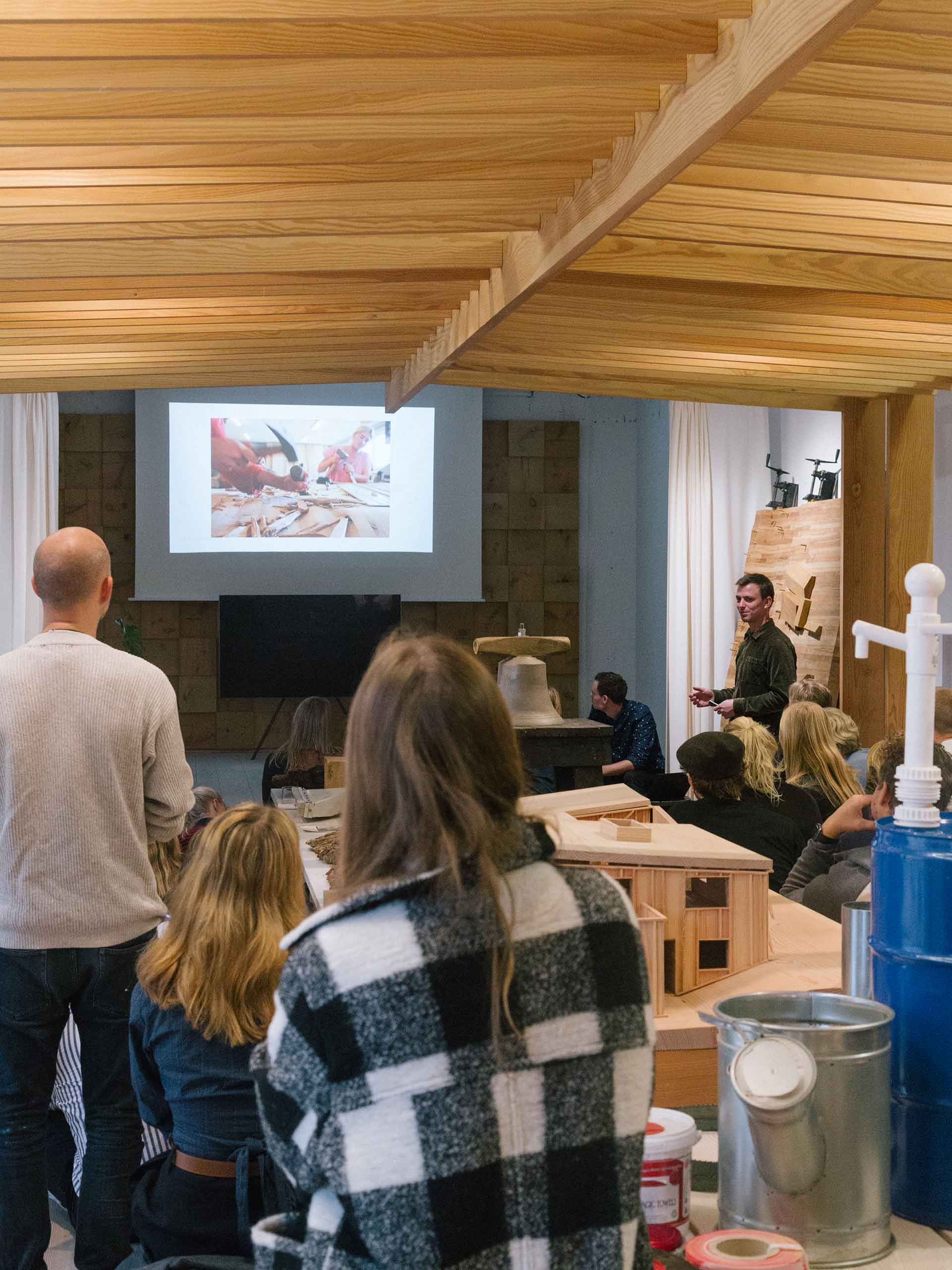

Today, it is no longer clear what the cultural connection is between rural localities and ‘sites’. The main economic drivers, agriculture and industry, have been scaled up as they have grown increasingly independent of the local environment. However, life in the rural districts goes on. It unfolds in a diverse landscape of far-flung industrial processes, nature and fragments of a lost rural culture. During this transition, many of the fixed identities we have attributed to buildings and sites begin to crumble. New self-perceptions emerge, along with new ethical patterns and contours of meaning.


